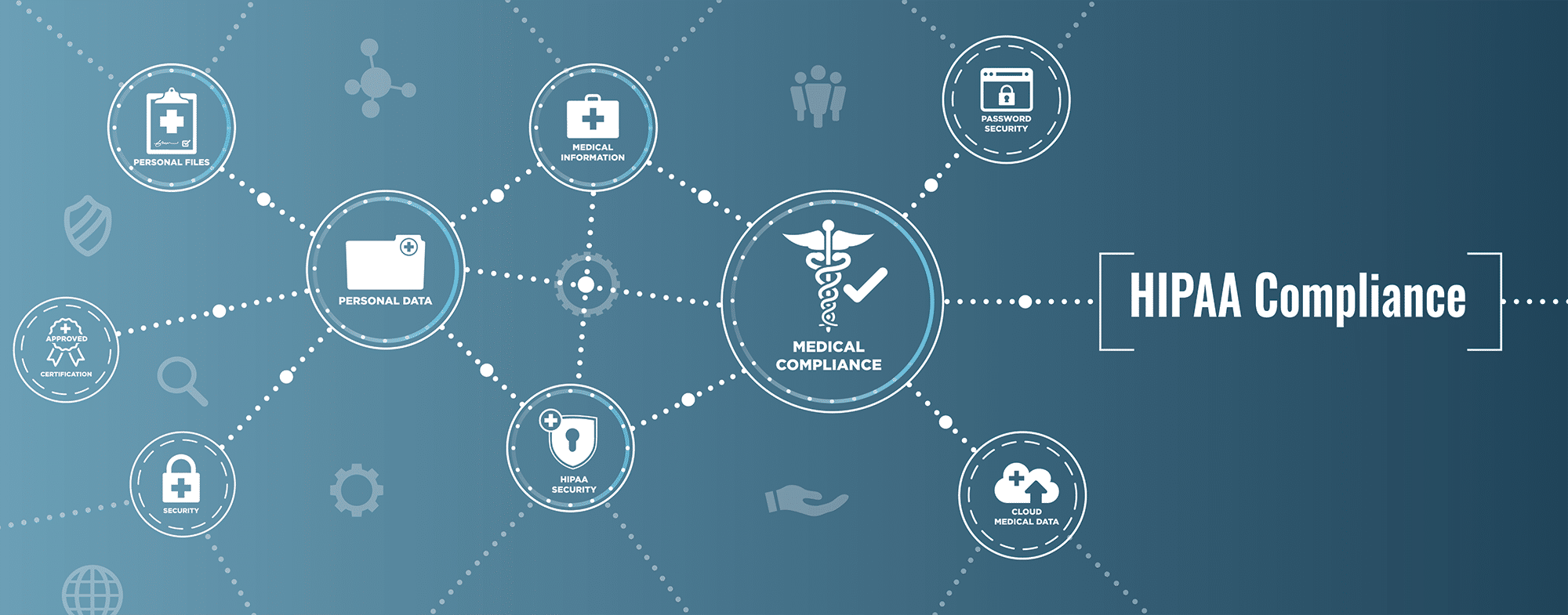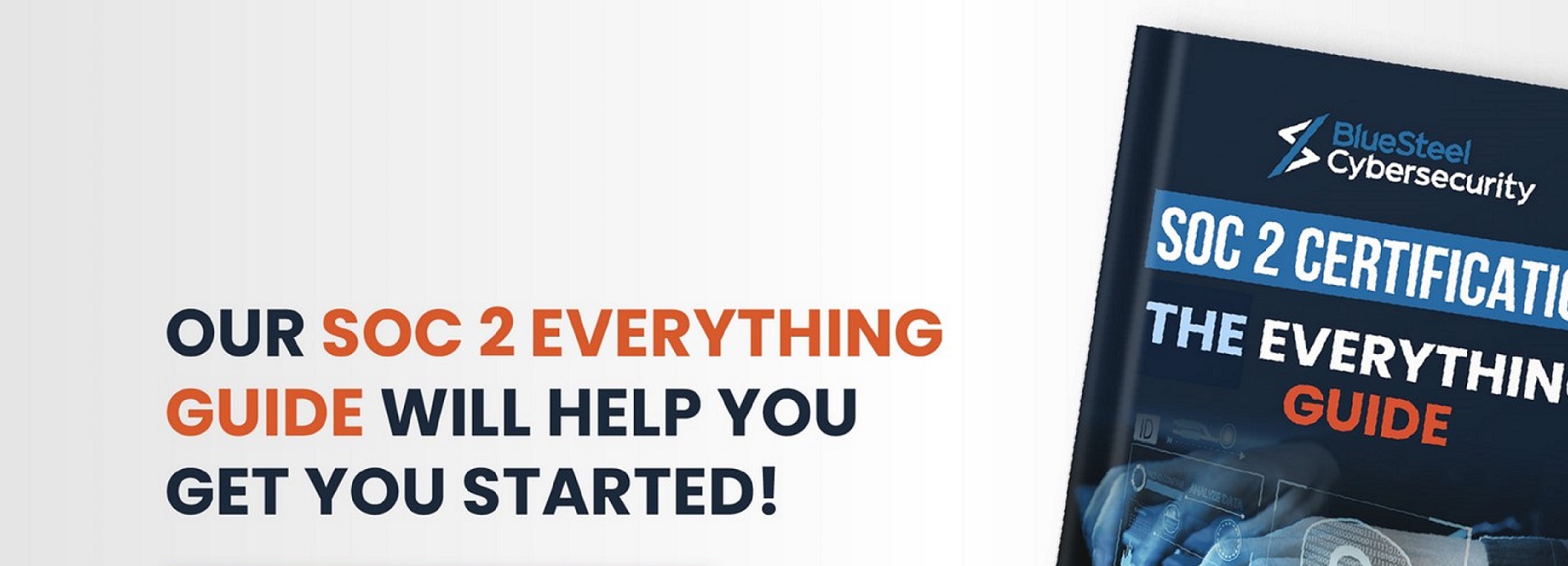With 91% of all businesses engaged in some form of digital initiative, each one of those businesses is automatically vulnerable to cyberattacks. Vulnerabilities in a system appear innocent, like a cleverly worded email containing a malicious link, or the loss of an employee’s smartphone, or a transaction with a compromised third-party vendor.
Hackers are getting smarter at finding and exploiting vulnerabilities, often creating disruptions at an unprecedented scale. As more and more businesses rely on the internet to support remote work during the Covid-19 pandemic, cybersecurity must be at the forefront of business operations. One way to do this is to conduct routine, thorough IT security assessments.
A security assessment is typically the responsibility of the in-house IT team since they are in charge of the software, devices, connectivity, and compliance. They conduct audits and offer reports and recommendations about the strengths and weaknesses of the systems, and for many C-level executives, this is enough.
Many other important things demand their time, budgets, and abilities as it is, so a competent IT team can resolve any security problems, right? Unfortunately, this kind of thinking is in itself a vulnerability because it blinds an organization to potential threats. Data leaks and system crashes are the most common forms of security attacks that cost time and money to recover and devastate a company’s reputation.
A security assessment aims to bring in an objective set of eyes to spot any overlooked or underplayed issues. Vulnerabilities evolve alongside technology, so it is best to proactively identify potential threats and loopholes that pose a threat long before a cyberattack happens.
Importance of An IT Security Assessment
An external security assessment is a key element of compliance and governance, supporting all business solutions and initiatives to ensure confidentiality, integrity, and secure data availability across the organization. When a neutral security expert endorses a company, all the stakeholders and industry players understand that the company is trustworthy and that their investment is safe.
A security assessment also cuts through an organizational culture that often overlooks or downplays vulnerabilities. Pride in one’s company can inadvertently encourage complacency, which is a serious liability in cybersecurity terms. In-house IT teams may be resistant to external experts looking into their systems.
However, internal staff can’t spot every single weakness or offer the best possible recommendations to secure the systems. A collaborative approach is necessary for the company’s continuity, and the internal team will learn invaluable lessons from external cybersecurity auditors.
An organization’s successful IT strategy should rely on a more holistic approach to security, one that integrates cloud and digital forensics tools that can ensure the safety of an organization’s data and critical assets. In the long run, companies that stay abreast of cybersecurity can minimize and eliminate the impacts of an attack.
While it is impossible to truly predict all vulnerabilities, a cybersecurity assessment can offer recommendations about where to beef up the system or train users on best practices, ultimately saving on resources.
Regular security assessments protect a company’s reputation. It is best to tell stakeholders that an attempted attack failed with no damage incurred rather than present a post-mortem on the effect of a successful attack.
The fallout that ensues from a cyberattack may involve lawsuits and financial compensation to the attack victims, which digs further into a company’s bottom line and devalues the stock worth for trading companies. The thought of potentially holding such a press briefing should be sufficient motivation for business executives to take cybersecurity more seriously.
Types of Cybersecurity Assessments
There are three main types of security assessments that identify internal, external, and social threats to a company’s systems.
Compliance & Vulnerability Assessment – The most basic audit is a vulnerability assessment that checks for weaknesses in applications or networks that unauthorized parties could access.
It reveals the overall state of an organization’s networks and informs its cybersecurity strategy. Current trends point to an increase in the number of vulnerabilities year over year. Vulnerability assessments should be continuous because every software update alters codes and features that require fresh scanning.
Application & Network Penetration Assessment – A penetration assessment is an equivalent of kicking the tires on an organization’s security infrastructure. A team of ethical hackers attacks the system for the sake of revealing what malicious attackers would do.
During a penetration assessment, the data security team conducts data breaches and attempts to steal data or otherwise disrupt the organization’s operations. These results end up as recommendations to the company management with suggestions on how to reinforce the weak links in the system.
Risk Assessment – A risk assessment identifies the levels of cybersecurity threats within a company to determine what risk is acceptable or unacceptable, how to avoid it altogether or mitigate its impacts. IT systems are an asset to an organization and should be risk assessed just like any other business aspect. While it is impossible to be completely free of cyberattacks, organizations must figure out how to live with potential risks and minimize their impacts.
Outcomes of A Cybersecurity Assessment
Businesses that engage in a security assessment can expect a much more secure IT environment once recommendations are in place. A company with far fewer vulnerabilities can function optimally with fewer worries about potentially massive losses in case of a data breach or system crash. The entire organization can breathe easier and work better to serve its partners, investors, and customers.
Finally, a regular security assessment is a crucial assignment for the company leaders and employees to understand the critical issues related to cybersecurity. Routine awareness enables users to actively identify and report cyberattacks to prevent or limit their grip before it gets out of hand.
All organizational applications and systems require formal security policies, procedures, and controls that are proportionate to the function, level of risk, and importance of the application or system in place.
Conclusion
IT security assessment is a method of forecasting cyberattacks and offering solutions to keep them at bay or minimize damage if they do occur. Security specialists can deliver a comprehensive security assessment without disrupting the business operations or interfere with employee tasks.
Small companies and multinationals alike should undertake routine security assessments to secure their data and maintain a good reputation in the industry. Businesses are becoming a lot more reliant on the internet and user data. Therefore, cybersecurity must be a top priority for business success so long as the internet remains a core part of business operations.
BlueSteel Cybersecurity is a cybersecurity company in USA can provide you with Security Assessments that deliver unimaginable insight. Reach out today to learn more.






